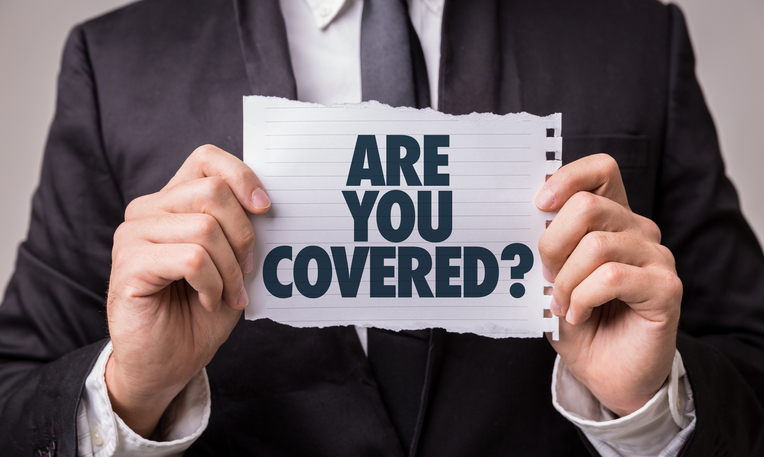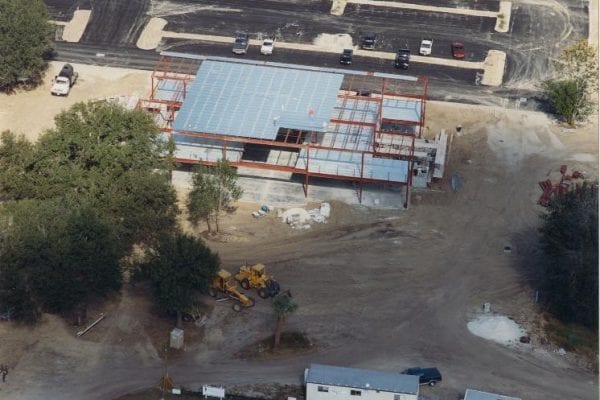When a contractor advertises that their company is “bonded and insured,” it provides a level of trust for the owners and managers who hire them. Unfortunately, not all bonding and insurance is created equal. Owners who don’t thoroughly understand the types and levels of contractor’s insurance put themselves at unnecessary risk. Here’s what you need to know to ensure that your next project is adequately insured.
There are Four Main Types of Insurance
Each of the four main types of insurance is designed to cover different types of liability. A contractor who only carries one or two types of insurance puts you as the owner at risk. The four types are:
- Commercial General Liability (CGL)
- Automobile Liability
- Builder’s Risk
- Workmans Compensation Insurance (worker’s comp)
Nearly every contractor carries CGL insurance and automobile insurance, and all contractors are mandated to carry worker’s comp. Fewer carry builder’s risk insurance. Let’s take a look at each type and why you need its coverage.
Commercial General Liability (CGL)
Every reputable contractor carries CGL insurance. This insurance covers any type of accident that may happen on the construction site, protecting the contractor from liability for property damage and bodily injury. Before you hire a contractor, make sure that their CGL insurance is not only up to date, but also that its coverage limits are adequate for the job. The Owner should require that they be named as an additional insured on the policy so that they will also be protected.
Automobile Insurance
A construction site involves a lot of vehicles. Workers drive to and from the site and around the site. Trucks drive in and out delivering materials from one location to another. And any time you have vehicles, you have the potential for property damage and bodily injury. Automobile insurance ensures that both the contractor and the owner are protected in the event of an automobile accident on the site. Generally, the automobile insurance carried by a contractor will be a larger and more expensive policy than one carried by an individual or by a less vehicle-intensive business. Before hiring a contractor, review their insurance documents to ensure they’re carrying high enough limits and an appropriate type of automobile insurance on all of their fleet and for any workers who may enter and exit the site in vehicles. Again, like the CGL insurance, the Owner will want to be named as an additional insured on the policy.
Builder’s Risk Insurance
Many owners will go their entire careers without ever hiring a contractor with builder’s risk insurance. Some owners will eventually regret this oversight.
Builder’s risk insurance covers you in the event of an adverse event that occurs during construction that damages all or part of a building that is under construction and/or materials, fixtures and equipment used during construction. For example, if a fire breaks out in a partially built building and causes extensive damage, the damage will not be covered by any of the above types of insurance, nor will it be covered by the owner’s property insurance.
Without a builder’s risk policy, the contractor may walk away from the project at this point, knowing that they can’t afford to repair the damage and complete the project. A builder’s risk policy covers the cost of repairing damage from fires, tornadoes, hurricanes, high winds, and other unexpected events that may damage the property while it is under construction.
Worker’s Compensation Insurance
Worker’s comp protects the General Contractor in the event that one of their employees is injured on the job. Because construction is an injury-prone industry, this is an especially important policy, and furthermore, it is mandated by law. Worker’s compensation covers medical costs, as well as disability payments in the event that an employee is unable to return to work or suffers a permanent disability.
If your GC does not carry worker’s comp, you should look for another contractor, as that GC is not complying with the minimum legal requirements. It’s important to note, however, that you do not need to be named as an additional insured, as the policy is between the employer and their employees.
Besides the four types of insurance, owners need to understand insurance limits and many other factors involved in adequately insuring a construction project. Rather than becoming experts in insurance, many owners hire a construction loan monitoring firm to review their contract documents and the contractor’s insurance and bonding documents to ensure that the project is adequately covered.
Contact GLE today to learn more about how a construction loan monitoring service can mitigate risk on your next project.






